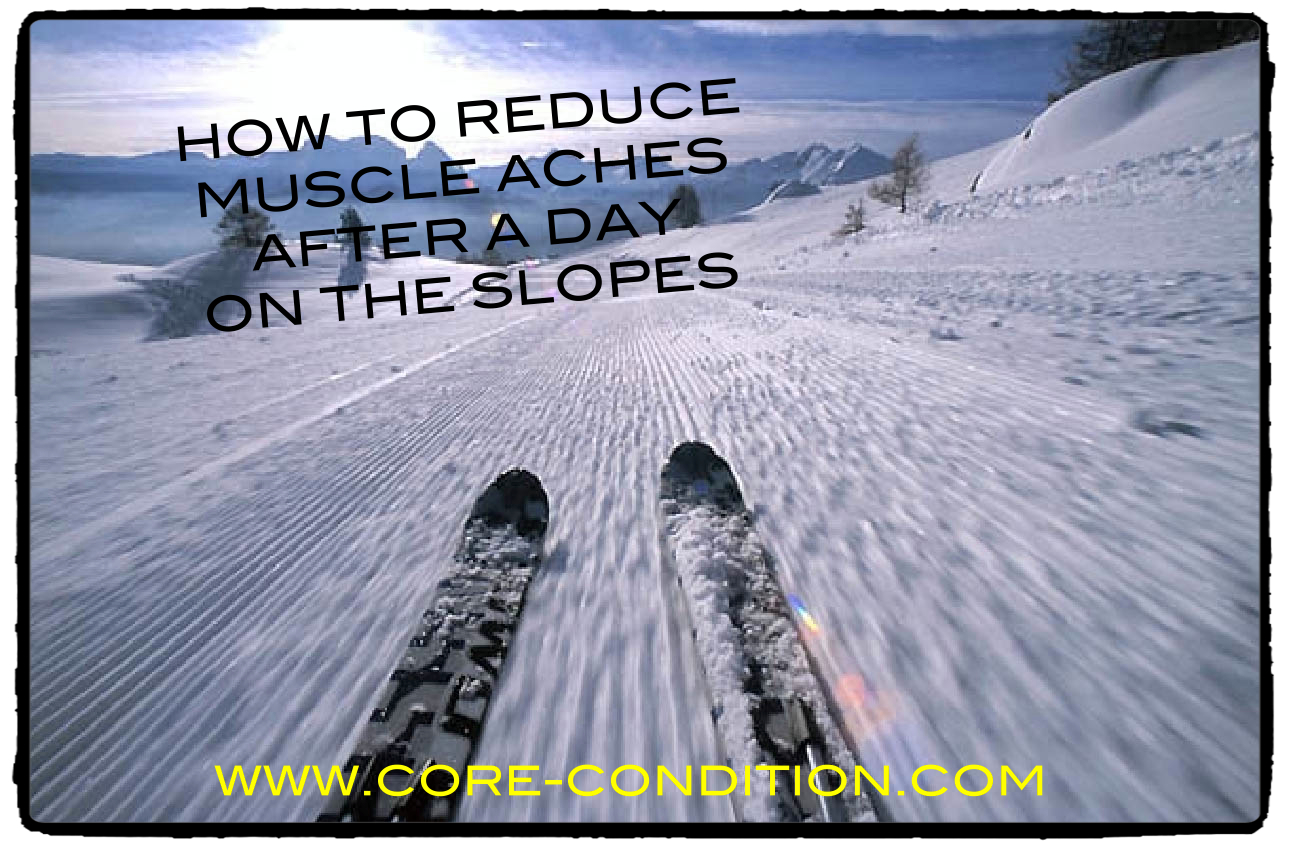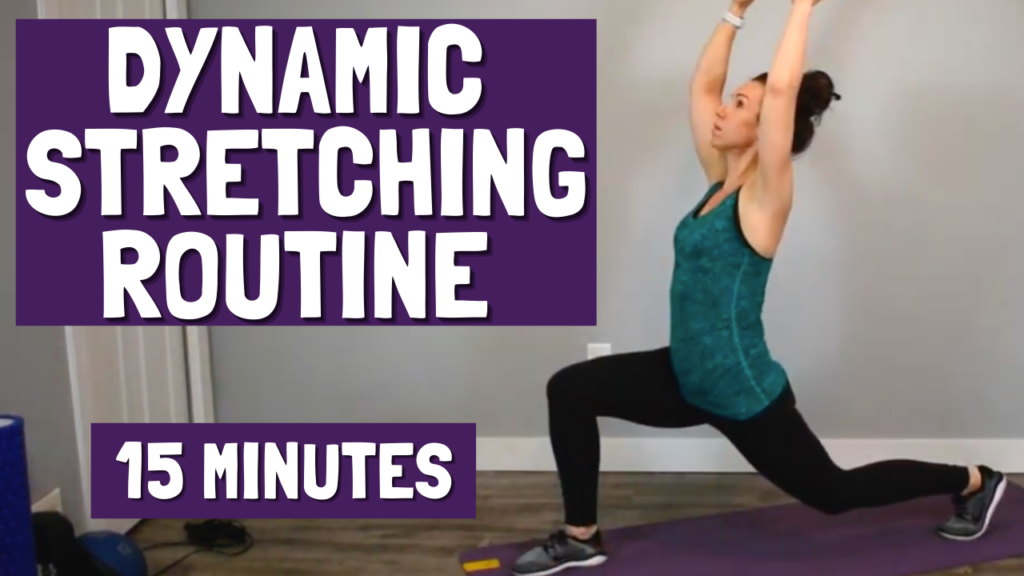- 604-362-9571
- Monday - Sunday
Blog

How to Reduce Muscle Aches after a Day on the Slopes
- by Michelle
- January 6, 2016
It is very common to wake up with stiff muscles the morning after a long day of skiing or snowboarding, especially early in the ski season because your body is not yet adapted to the demands placed on it during these popular winter sports. Whether you are an athlete or a weekend warrior, it is very important to spend a little time preparing the body for the demands of your sport.
This means beginning a program combining strength, flexibility, and balance training prior to the start of the season and it also means taking the time to warm up prior to and stretch following a day on the slopes (check out the perfect 15 minute dynamic stretch video from my YOUTUBE CHANNEL below!). Properly priming your body in advance will reduce the risk of injury, help you perform better on the hill, prevent fatigue, and lastly, reduce the dreaded muscle aches often experienced the next day.
If you are finding this blog because you have muscle aches after a day on the slopes…..
Give this 15 Minute Dynamic Stretching routine a try and just follow along with me in the video. This routine is also great to do before a day of skiing or snowboarding to reduce muscle aches. Click the video or read the tips below!

Here are some tips to help minimize muscle aches after hitting the slopes:
1. Perform a quick warm-up prior to strapping on your board or ski’s. Doing a few jumping jacks, 10 to 15 squats, 15 hip swings per leg (standing on one leg, swing your adjacent leg forwards and backwards through its full range of motion to stretch out the hips), and 10 arm circles forward and 10 backward, for example. Try starting with a few green runs to ease your body into the position required and warm up the specific muscles used in skiing and snowboarding.
2. Stretch immediately following your day of skiing or snowboarding and before you get back in your car and make the drive down the mountain. Hold each stretch for at least 20 to 30 seconds. It is important to focus on muscles of the lower body such as the quadriceps, hamstrings, gluts, hip flexors, and calves.
3. Take a hot bath or shower, or jump in a hot tub to help soothe sore and aching muscles. This will also help warm you up after a great day of skiing or snowboarding.
4. Begin a strength and conditioning program prior to ski and snowboard season targeting muscles of the lower body, back, and core while challenging your balance. The stronger and more stable your body is reduces the risk of injury and increases performance and stamina in the hill. Muscles will also be less sore following a day on slopes for people who have already exposed their muscles to strain than for people who have done nothing the rest of the year.
I have helped many people build strength and stability for skiing and snowboarding as well as everyday life through my online fitness app with online coaching. If you would like help getting stronger from home or the gym, check out my ONLINE TRAINING PACKAGES HERE.

For more information regarding proper warm up techniques, strength training exercises, and stretches related to skiing and snowboarding check out the workouts information on my YouTube Channel Here
Michelle Roots BA Kin, CSCS, PES
www.CORE-Condition.com
www.MichelleRoots.com







0Comments